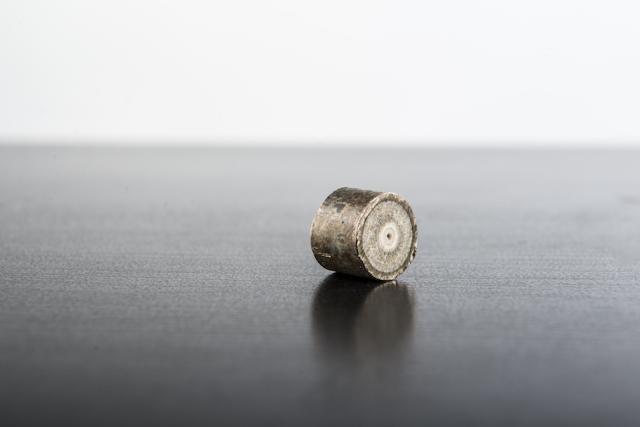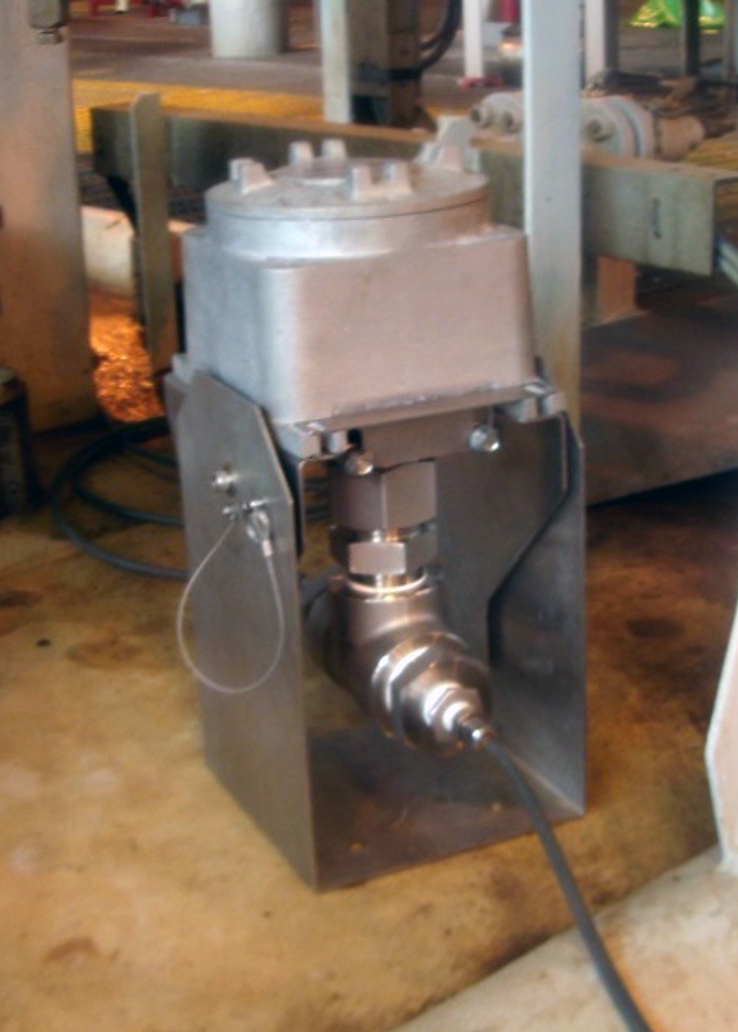
Significant concentrations of barium, strontium and calcium in produced water have the potential to cause scaling in operators’ systems. (Source: ChampionX)
Presented by:

This article appears in the E&P newsletter. Subscribe to the E&P newsletter here.
With increasing volumes of produced or effluent water during oil and gas operations, it is necessary to maintain a proactive approach to control the formation of sulphate and carbonate scales to maintain flow assurance and integrity of the production system. The potential for scale problems exists whenever the fluid produced from a reservoir contains water. As the well matures and more hydrocarbon is extracted from the reservoir, the water table in the reservoir rises, water begins to be produced and the potential for scale deposition increases.
ChampionX was contracted by an operator in Nigeria to develop a customized scale inhibitor monitoring program for the surface facilities and seawater flood systems of an FPSO, which was producing 230,000 bbl/d of oil, 40,000 bbl/d of water and 260,000 bbl/d of seawater injection.
Direct methods of identifying scale
Chemical inhibition has been used over many decades to remediate potential scaling threats posed by significant concentrations of barium, strontium and calcium in produced water. However, with changing production fluid ratios, scale inhibitor rates must be monitored to ensure they are adequately preventing scale precipitation.
The conventional method of monitoring scale across several points in the FPSO’s seawater flood system and surface facilities is with the use of scale coupons and spools. Coupons are placed in the system, inserted through a valve or bull plug, and left for a given period to collect scale. Varying sizes of perforations in the rectangular metal coupon create turbulent areas of flow, which induces scale precipitation. Localized pressure drops at the perforations can stimulate loss of CO2, thereby creating carbonate scale formation. The weight of scale is determined by subtraction of the original weight of the coupon from its dried weight after removal.
The limitations of this approach lie in determining if the scale deposit observed in the electrostatic treater water outlets, for example, was formed earlier as dislodged scale trapped by the impact on the coupon surface or was due to active scale growth. Likewise, it is not possible to determine when actual scaling occurred between the period of its installation and retrieval or from the last visual inspection of the vessel or flowline.
While visual inspection of the production facility for inorganic scale deposits is the most definitive method of identifying the need or effectiveness of a scale program, the discovery of inorganic deposits is usually made when some system upset has occurred, resulting in the impairment of production equipment or, in the worst case, loss of production. Therefore, it is imperative that production equipment is inspected whenever it is offline or the opportunity presents itself. A sample of the deposit can be tested in the field or sent to a laboratory to determine its composition. A major disadvantage of physical inspection is that scale damage has already occurred.
Scale inhibitor residuals measurement can be used to determine the amount of inhibitor in the process brine. However, this only measures how much inhibitor is present in the system and not if the system is protected.
The scale inhibitor, SCAL16082A, was being injected downhole into the subsea wells at 15 parts per million (ppm) concentration per well based on water production to control scale formation in the FPSO surface facilities and seawater flood systems. It was also injected into Trains 1 and 2 of the produced water strainer outlets for the seawater flood system to mitigate scale formation at 5 ppm.
Real-time optimization of scale monitoring programs

Developed by ChampionX, DepCon was used to ensure the current scale inhibitor rates were adequately preventing scale deposit buildup through instantaneous or continuous measurements of fluids diverted through the device. These measurements were converted into a ‘mass per unit surface area’ to determine the severity of any deposition in the system, and the results were used to adjust system parameters, such as the chemical injection rate, to control the scaling rate.
The portable device uses quartz crystal microbalance (QCM) technology, which vibrates when an electrical potential is applied (piezo-electric effect). The vibration frequency is linearly proportional to the mass of a deposit on the metal surface of the QCM. Any decrease in frequency indicates deposition. The frequency change can be converted into micrograms of deposit per surface area per unit time.
Recent developments of the technology have produced a revised system that can be used for inline or sidestream operations at temperatures up to 177 C and 3,000 psi. In addition, the unit has a datalogging capability so it can be installed in a system and programmed to take measurements periodically. The data can then be downloaded using a laptop computer, which allows offshore personnel to have a more direct input into scale control programs.
Mitigating risk and improving performance
DepCon tests were conducted at seven locations, including two floatation units, the seawater flood booster pump and four hydrocyclone water units. The amount of deposit (determined from the frequency change of the resonator) varied as the treatment rate of the scale inhibitor was changed across the system.
When the current treatment rate of 5 ppm was applied, there was very little or no scale deposition. However, when the injection rate was reduced to 3 ppm, scale formation began to occur. The tests concluded that a protected system would show no increase in deposit with time.
The results of a technical audit recommended that the waterflood scale inhibitor should be changed from SCAL16542A to SCAL16082A, a lower cost application to maintain target concentration at 5 ppm. This would lower the demands on logistics, thus reducing the total cost of operations on the FPSO.
The consequences of poor monitoring and management of scale identification and deposition can include well plugging, localization of corrosion attack and increased risk of safety hazards. Therefore, scale inhibitor rates must be monitored and adjusted to ensure they are adequately inhibiting scale formation to cost-effectively and efficiently address changing production fluid ratios.
VIDEO INTERVIEW: How ChampionX is Supporting Operators’ Net-zero Goals
Erin Tullos, director of RD&E at ChampionX, explained how the company is supporting oil and gas producers in their net-zero ambitions.
About the author: Samuel Ezewu is the senior technical manager with ChampionX Oilfield Solutions, Nigeria Ltd. He has more than 28 years of experience in the oil and gas industry, particularly in upstream production chemicals. He joined ChampionX in 1992 and has spent the last 10 years in product selection and plant trials and leading the troubleshooting and/or effective implementation of ChampionX programs. Ezewu previously worked in offshore and onshore operations implementing and supporting ChampionX chemical programs at various customer locations, including Chevron Nigeria Ltd., Esso Exploration and Production Nigeria Ltd. and Mobil Producing Nigeria Unlimited.
Recommended Reading
BP Restructures, Reduces Executive Team to 10
2024-04-18 - BP said the organizational changes will reduce duplication and reporting line complexity.
Matador Resources Announces Quarterly Cash Dividend
2024-04-18 - Matador Resources’ dividend is payable on June 7 to shareholders of record by May 17.
EQT Declares Quarterly Dividend
2024-04-18 - EQT Corp.’s dividend is payable June 1 to shareholders of record by May 8.
Daniel Berenbaum Joins Bloom Energy as CFO
2024-04-17 - Berenbaum succeeds CFO Greg Cameron, who is staying with Bloom until mid-May to facilitate the transition.
Equinor Releases Overview of Share Buyback Program
2024-04-17 - Equinor said the maximum shares to be repurchased is 16.8 million, of which up to 7.4 million shares can be acquired until May 15 and up to 9.4 million shares until Jan. 15, 2025 — the program’s end date.





